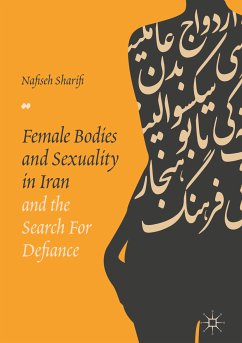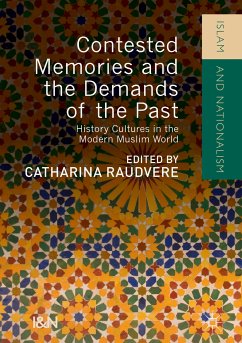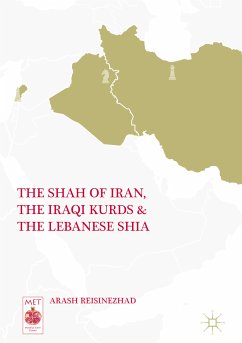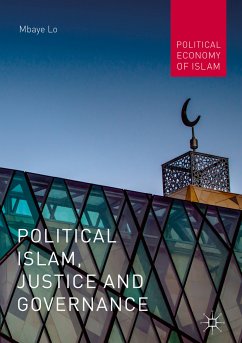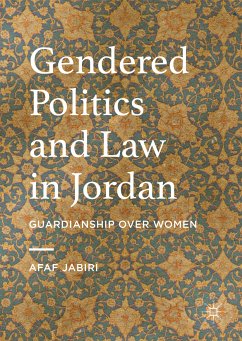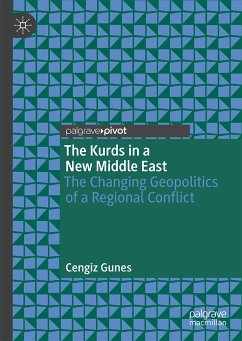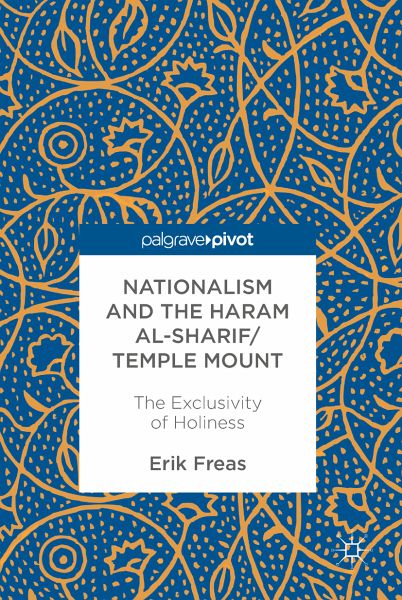
Nationalism and the Haram al-Sharif/Temple Mount (eBook, PDF)
The Exclusivity of Holiness
Versandkostenfrei!
Sofort per Download lieferbar
44,95 €
inkl. MwSt.
Weitere Ausgaben:

PAYBACK Punkte
22 °P sammeln!
This book examines the manner in which the Haram al-Sharif/Temple Mount has been appropriated by both Palestinians and Israelis as a nationalist symbol legitimizing respective claims to the land. From the late-nineteenth century onward, the site's significance became reconfigured within the context of modern nationalist discourses, yet, despite the originally secular nature of Palestinian and Israeli nationalisms, the holy site's importance to Islam and Judaism respectively has gradually altered the character of both in a manner blurring the line between religious and national identities.
This book examines the manner in which the Haram al-Sharif/Temple Mount has been appropriated by both Palestinians and Israelis as a nationalist symbol legitimizing respective claims to the land. From the late-nineteenth century onward, the site's significance became reconfigured within the context of modern nationalist discourses, yet, despite the originally secular nature of Palestinian and Israeli nationalisms, the holy site's importance to Islam and Judaism respectively has gradually altered the character of both in a manner blurring the line between religious and national identities.
Dieser Download kann aus rechtlichen Gründen nur mit Rechnungsadresse in A, B, BG, CY, CZ, D, DK, EW, E, FIN, F, GR, HR, H, IRL, I, LT, L, LR, M, NL, PL, P, R, S, SLO, SK ausgeliefert werden.




